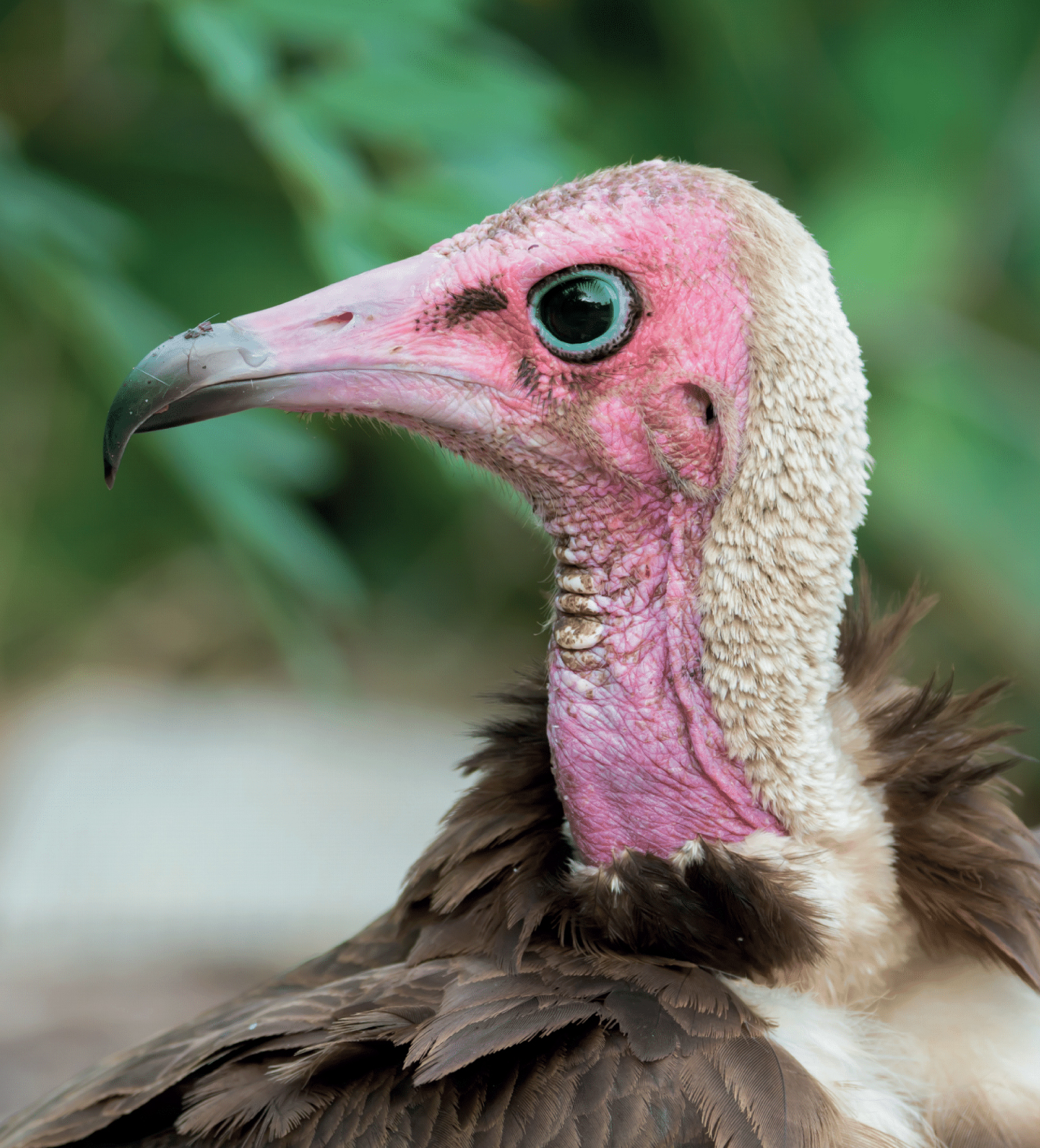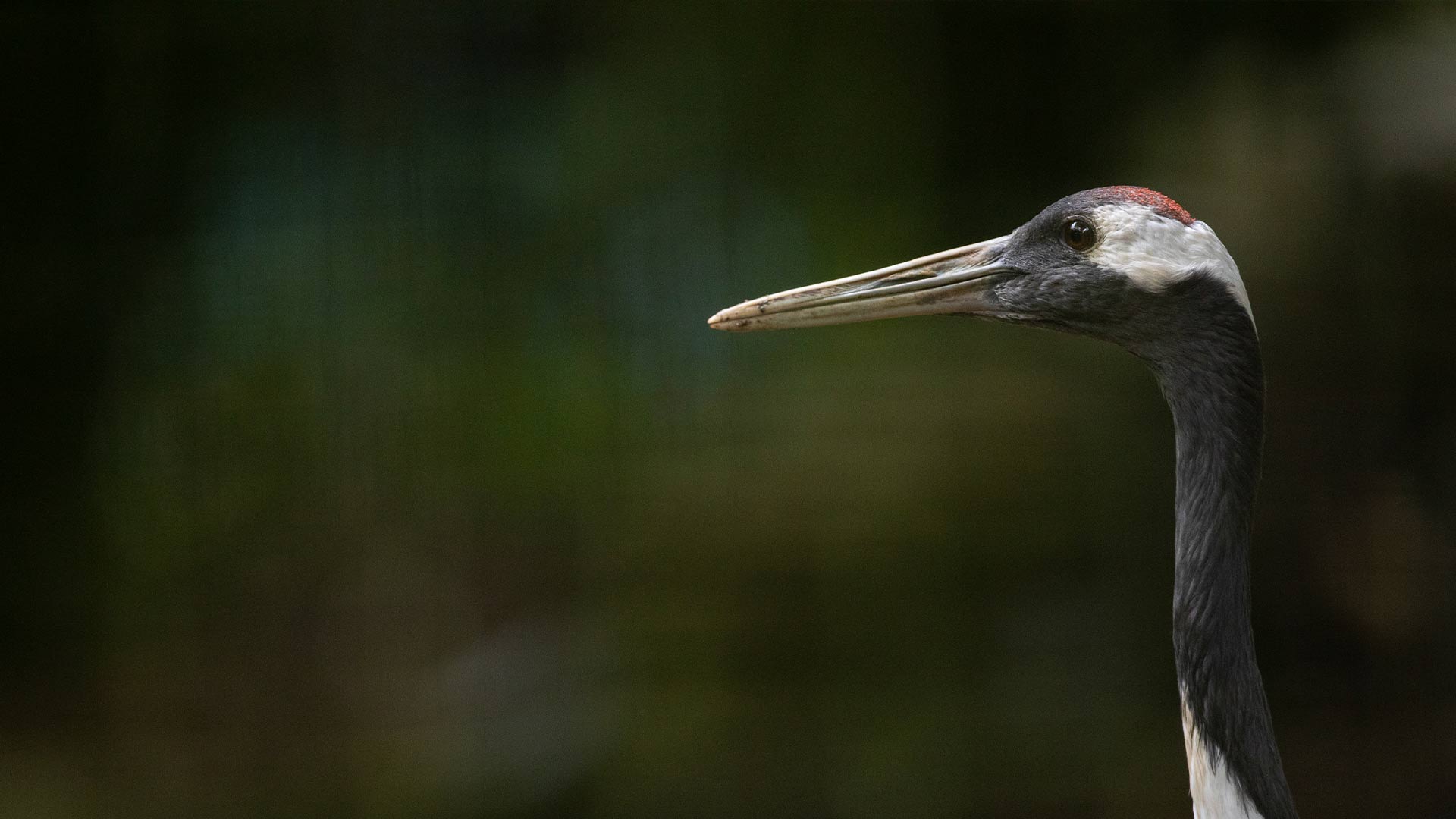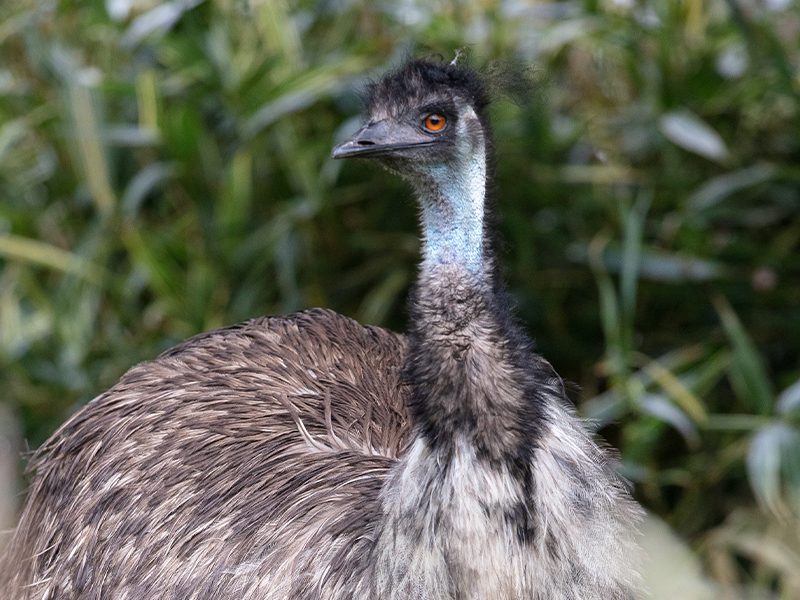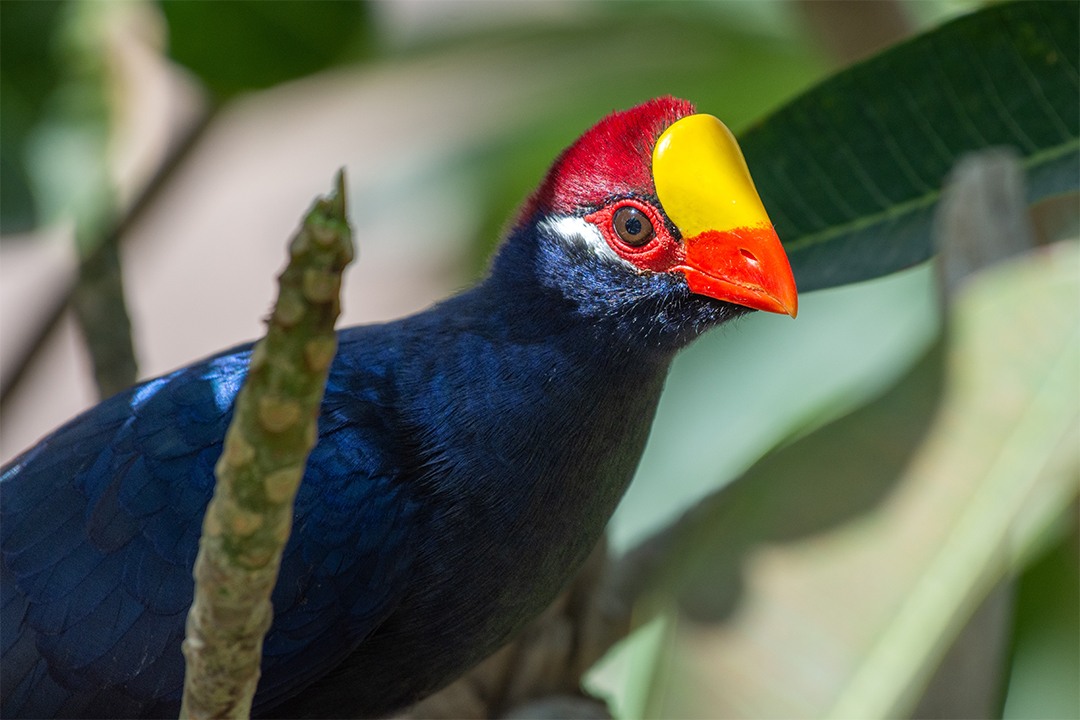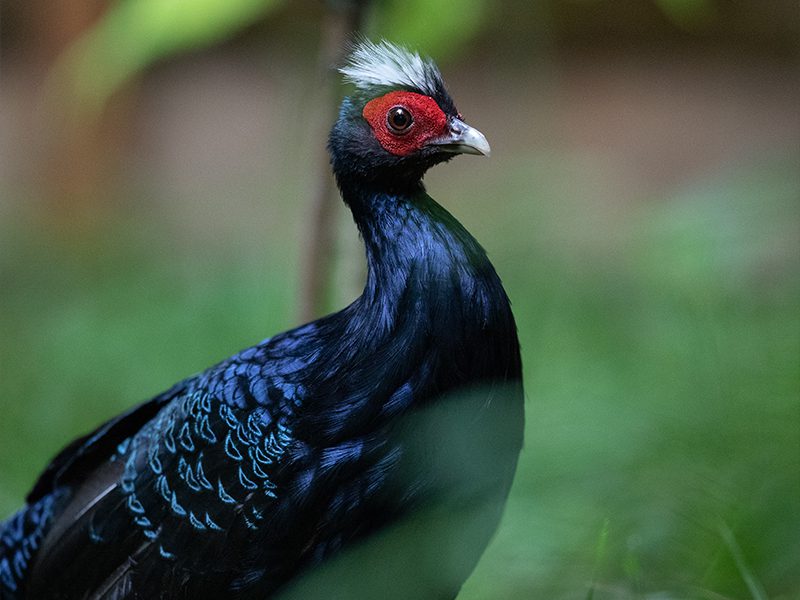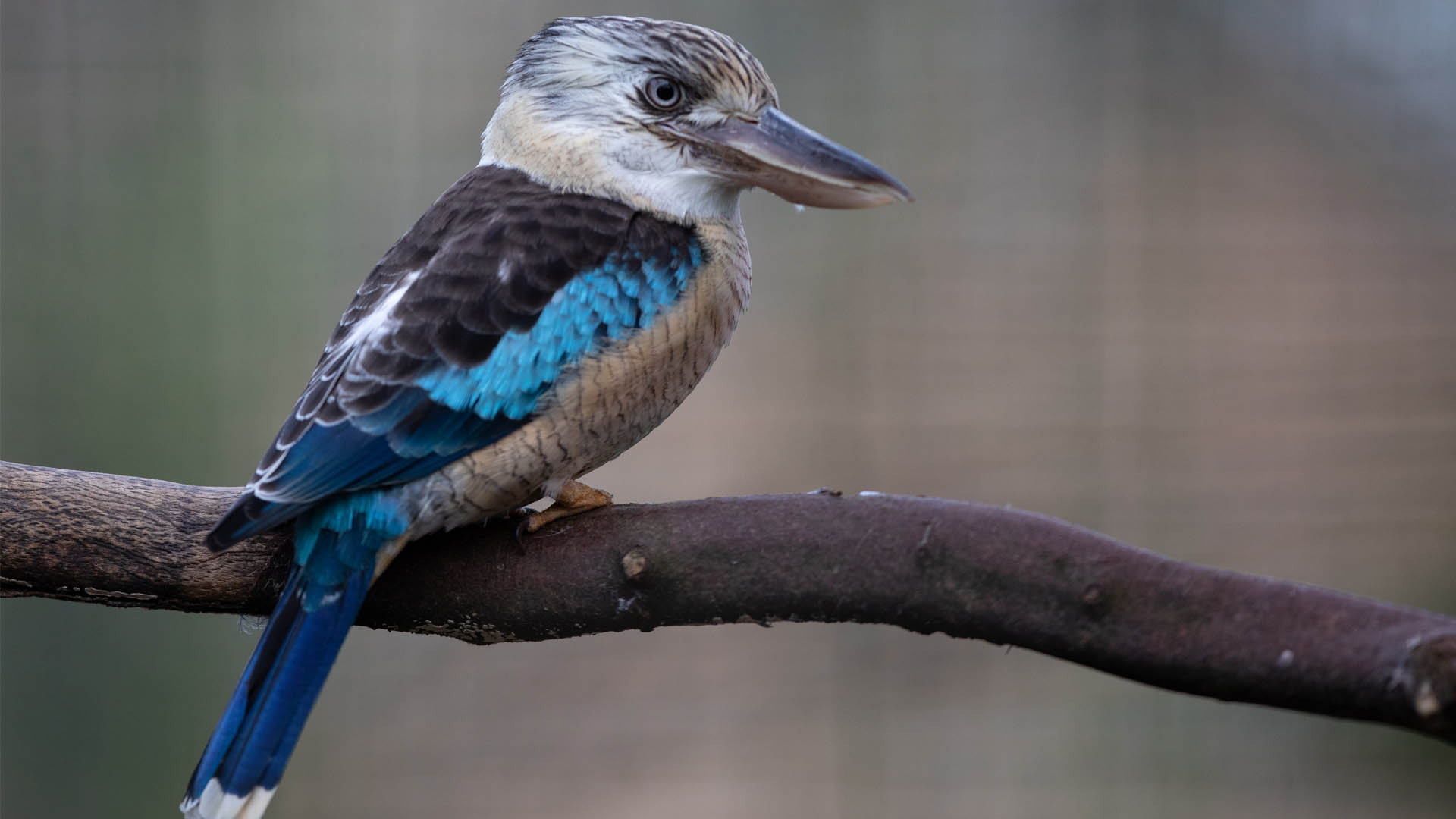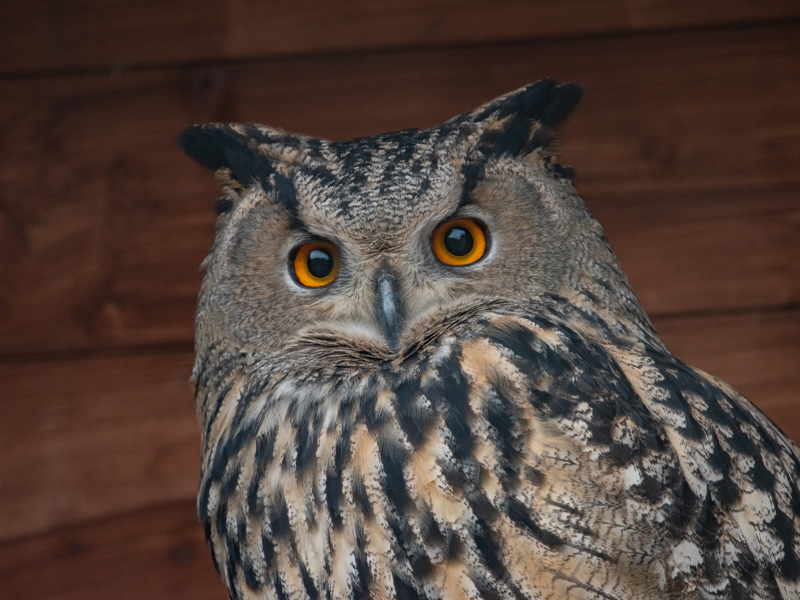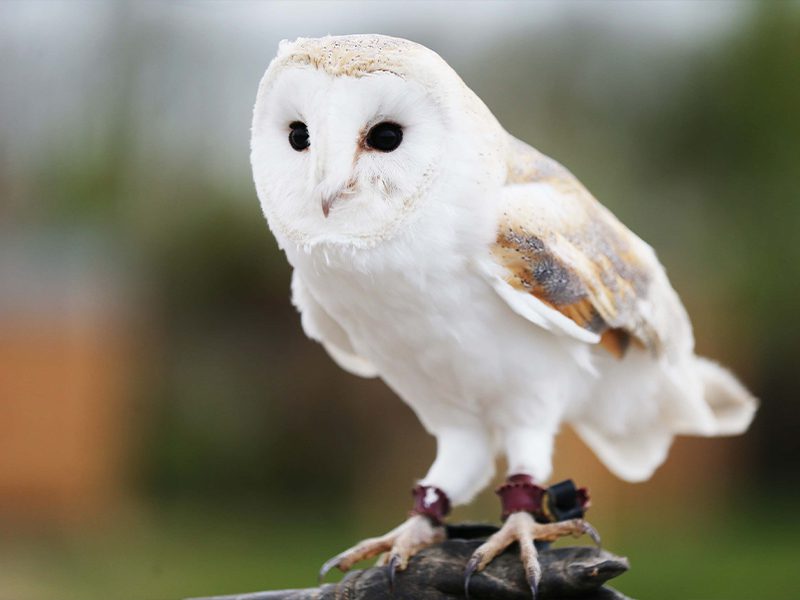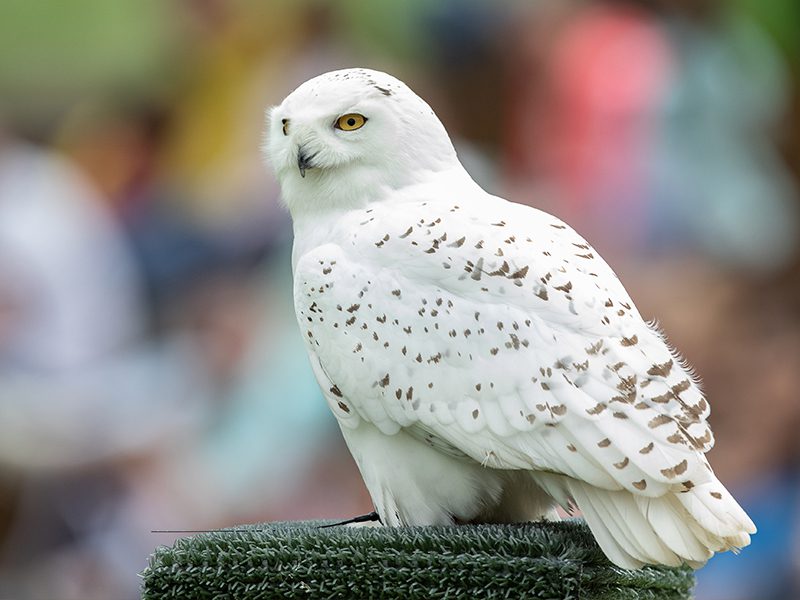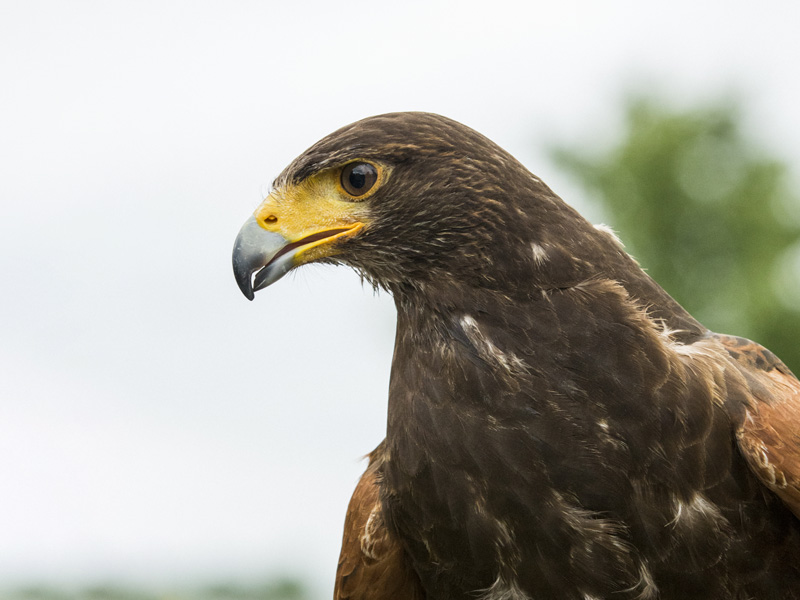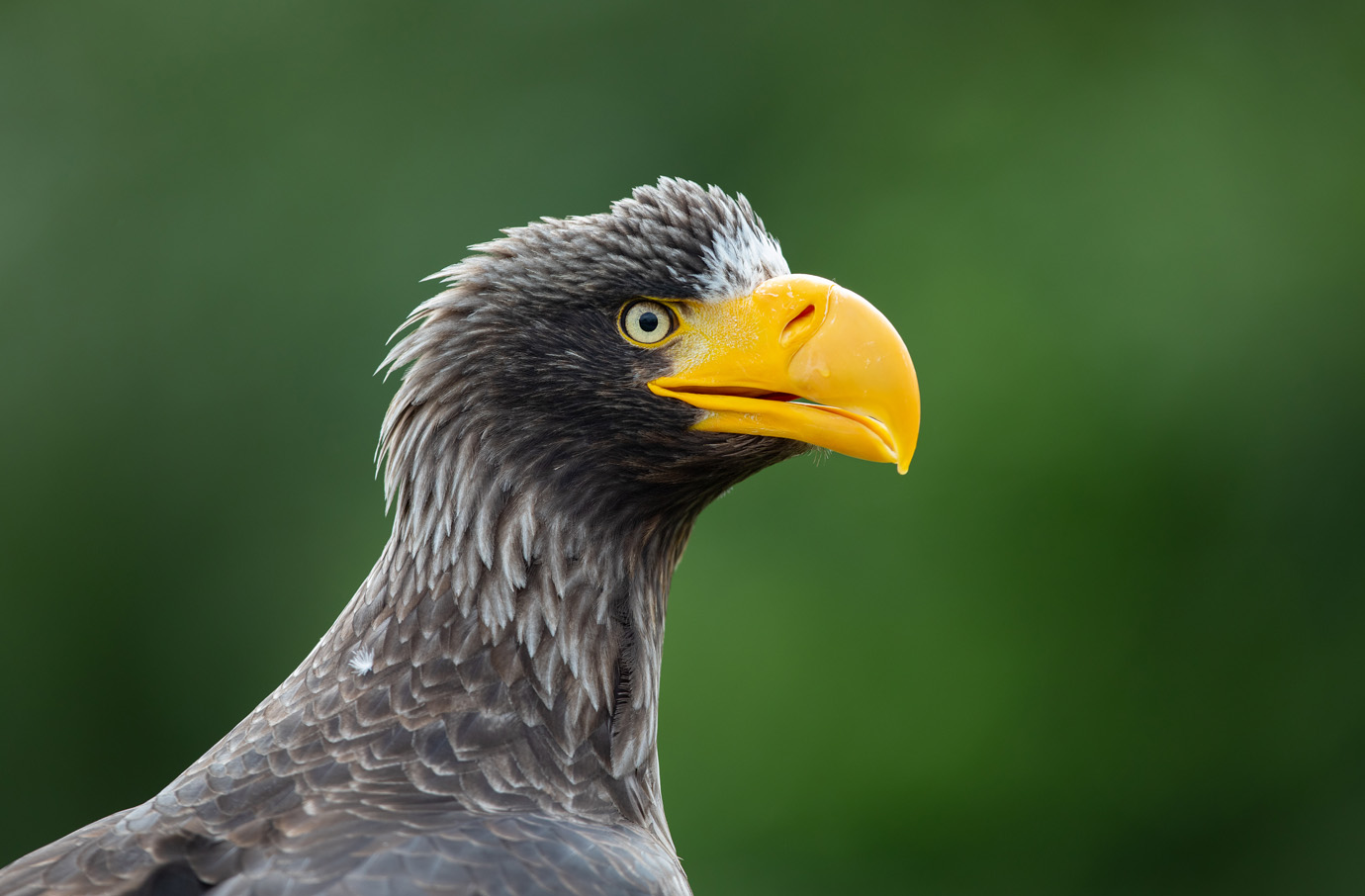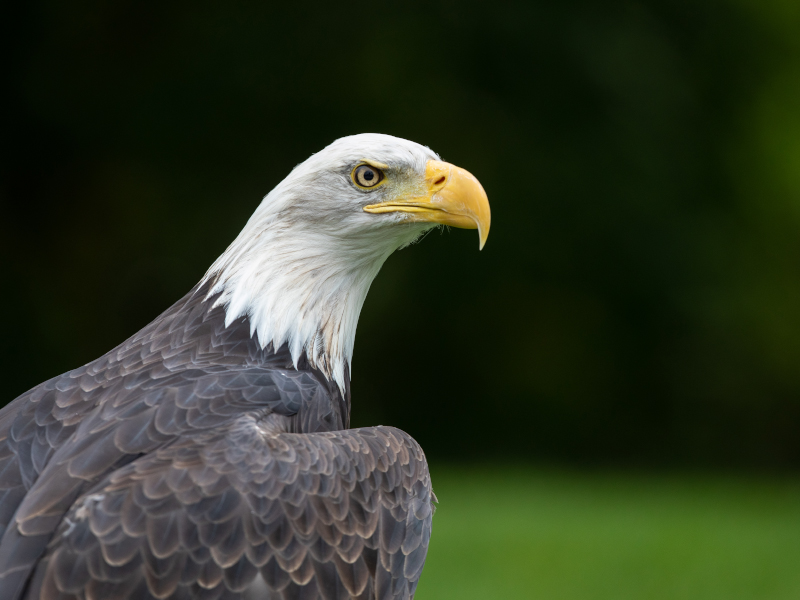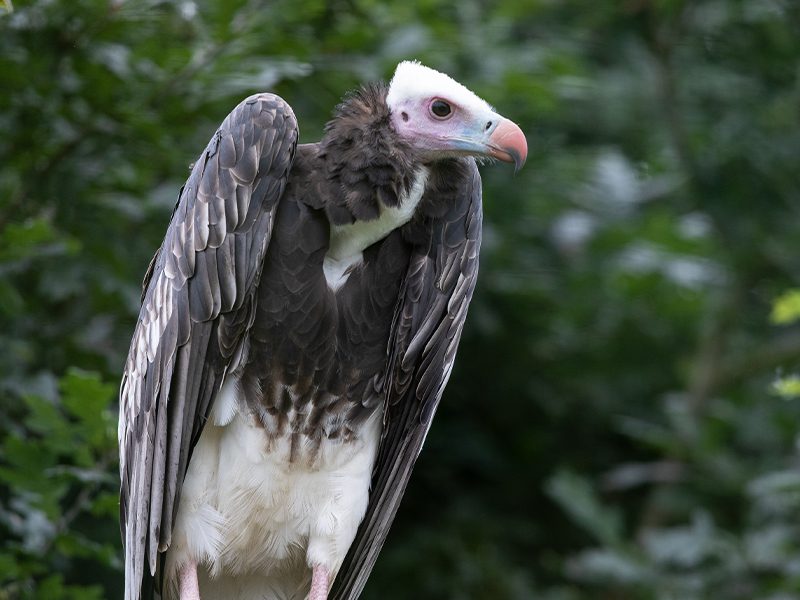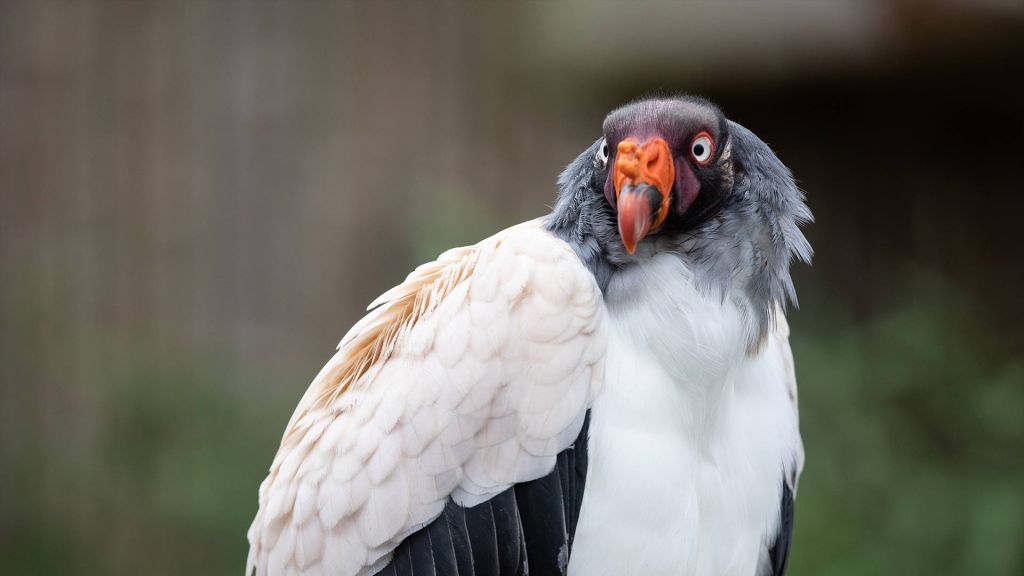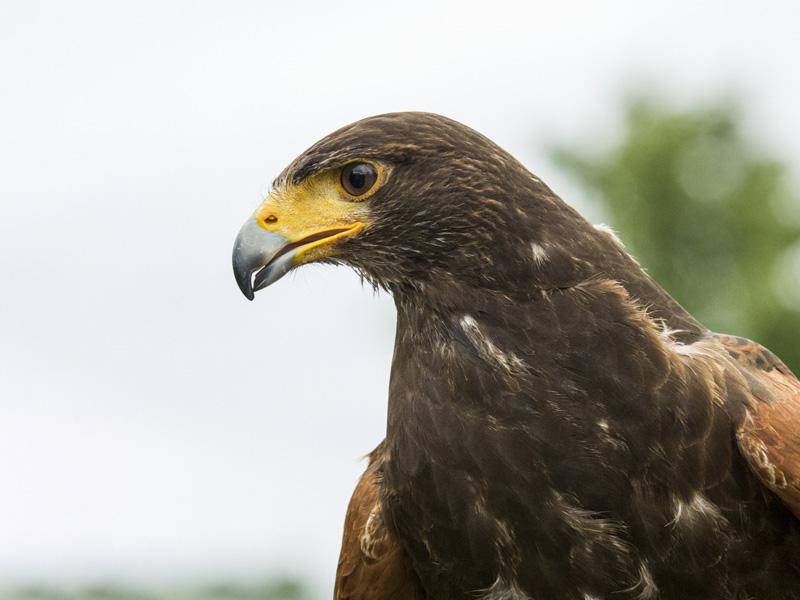The hooded vulture is a small vulture with short, lightly coloured feathers, covering the back of their neck and top of their head, giving them their name “hooded”. Their minimal feathers allow them to reach a carcass, to access soft tissue, without damaging any important feathers. They have a long thin powerful beak that is hooked at the end.
As they are smaller and lighter than other vultures, they will rise on thermals a lot quicker, spotting food first with their incredible eyesight, which can see ultraviolet range.

Popular Searches
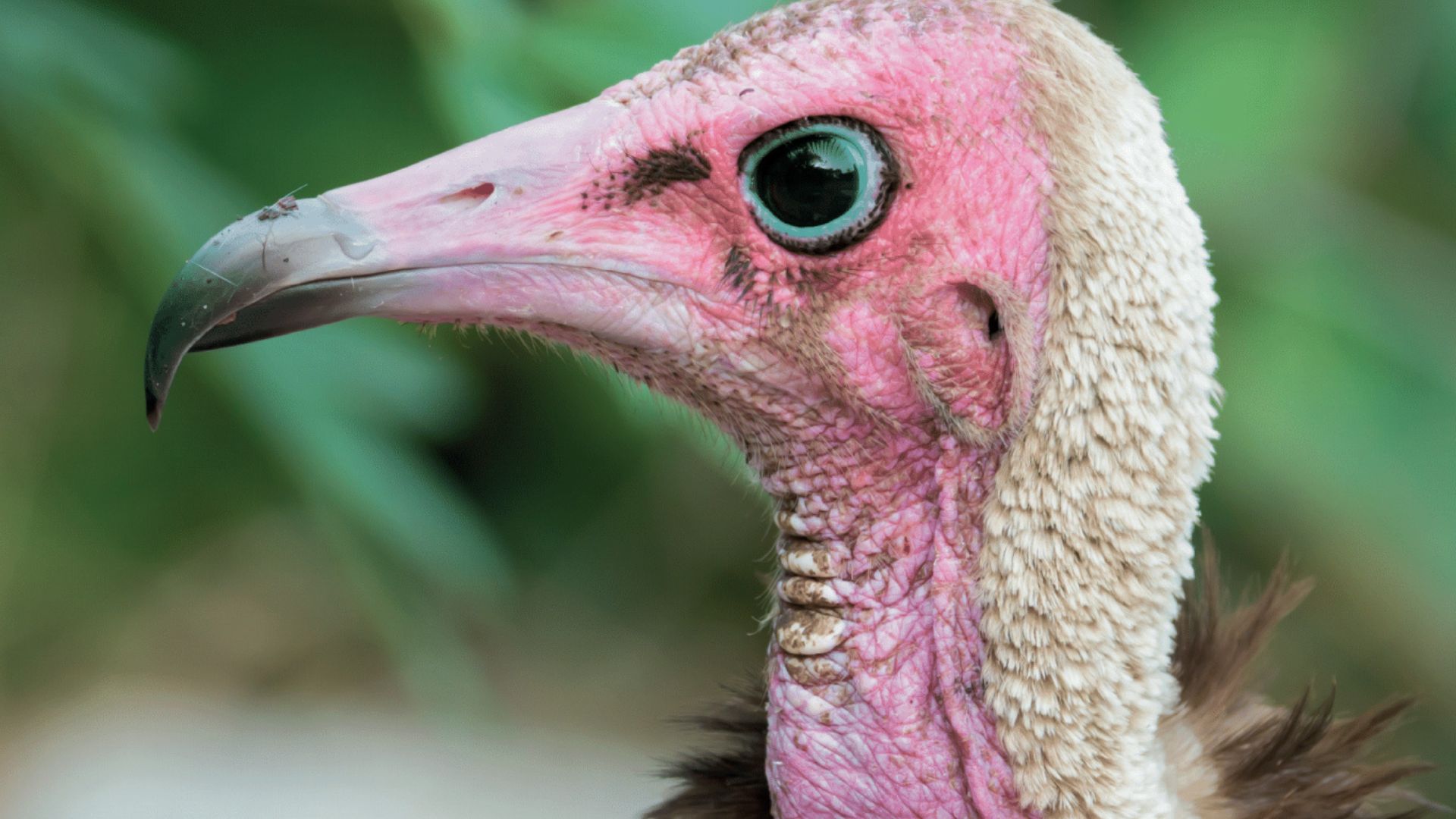
Hooded vulture
For more info on classifications visit
www.iucnredlist.org
-
Introduction
-
Conservation
Hooded vultures are critically endangered.
Once considered one of the most abundant vultures in Africa, studies have shown that the hooded vultures population is facing rapid decline.
Hunting, persecution, indiscriminate poisoning, trade for traditional medicine, as well as habitat loss and degradation are all contributing to the decline.
The IUCN states there are approximately 131,000 mature individuals in their range.*
*IUCN, 2021
Emerald Park conservation contribution:
EEP
Hooded vultures are part of the EAZA Ex-situ Programme (EEP). This which means that their population is managed to ensure that there are heathy populations of animals within EAZA member zoos and for reintroduction in the future. -
Habitat
Hooded vultures are widespread throughout Africa, south of the Sahara Desert where they are mainly sedentary. Young birds will disperse, and some individuals will move to where it has rained.
They can be found in many habitats such as open plains, savannah, forests, coastal areas and close to villages and towns. -
Fun Facts
Hooded vultures scavenge on carcasses and their specialised digestive system will allow them to eat older carcasses with no issues. Their ability to eat rotting meat means they carry out an important role cleaning up the environment and preventing the growth of pests and disease.
They mate for life. When the female is incubating eggs, the male will bring her food.



